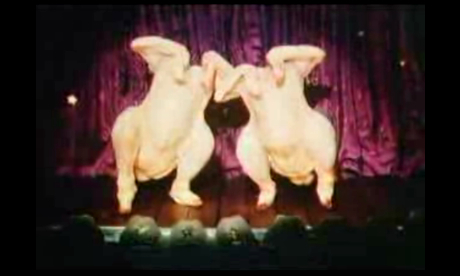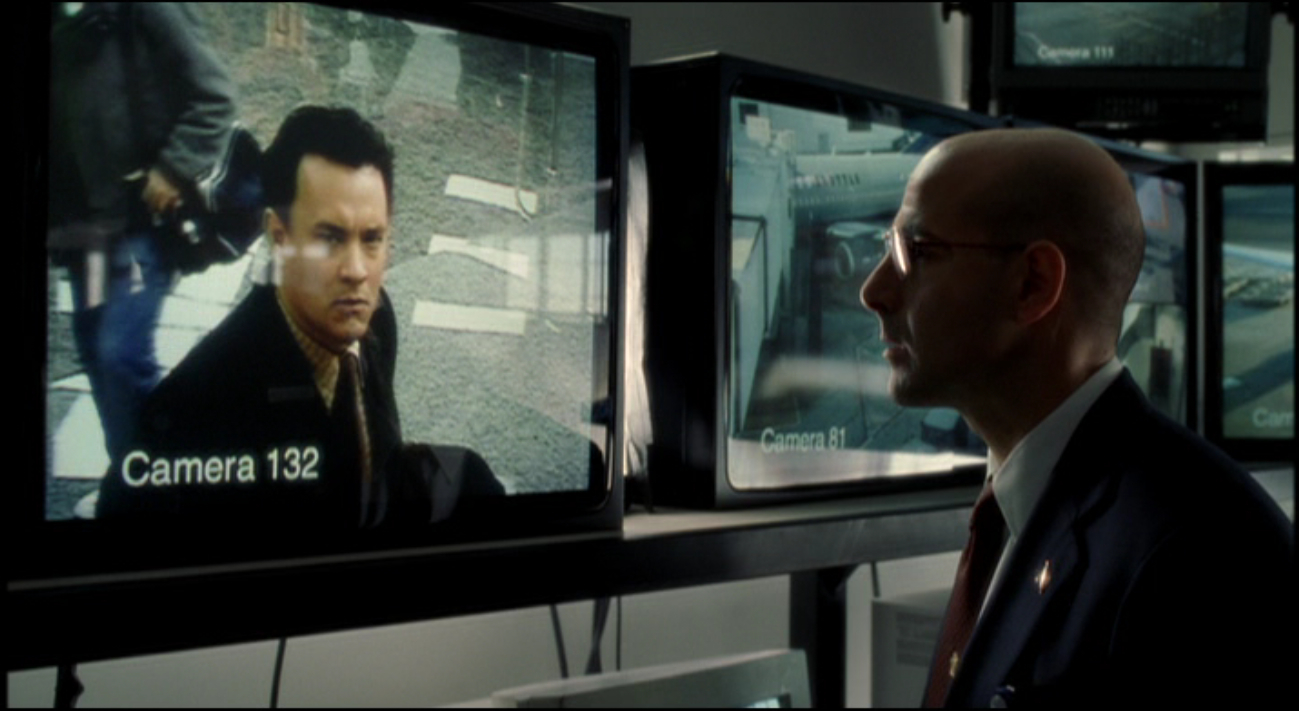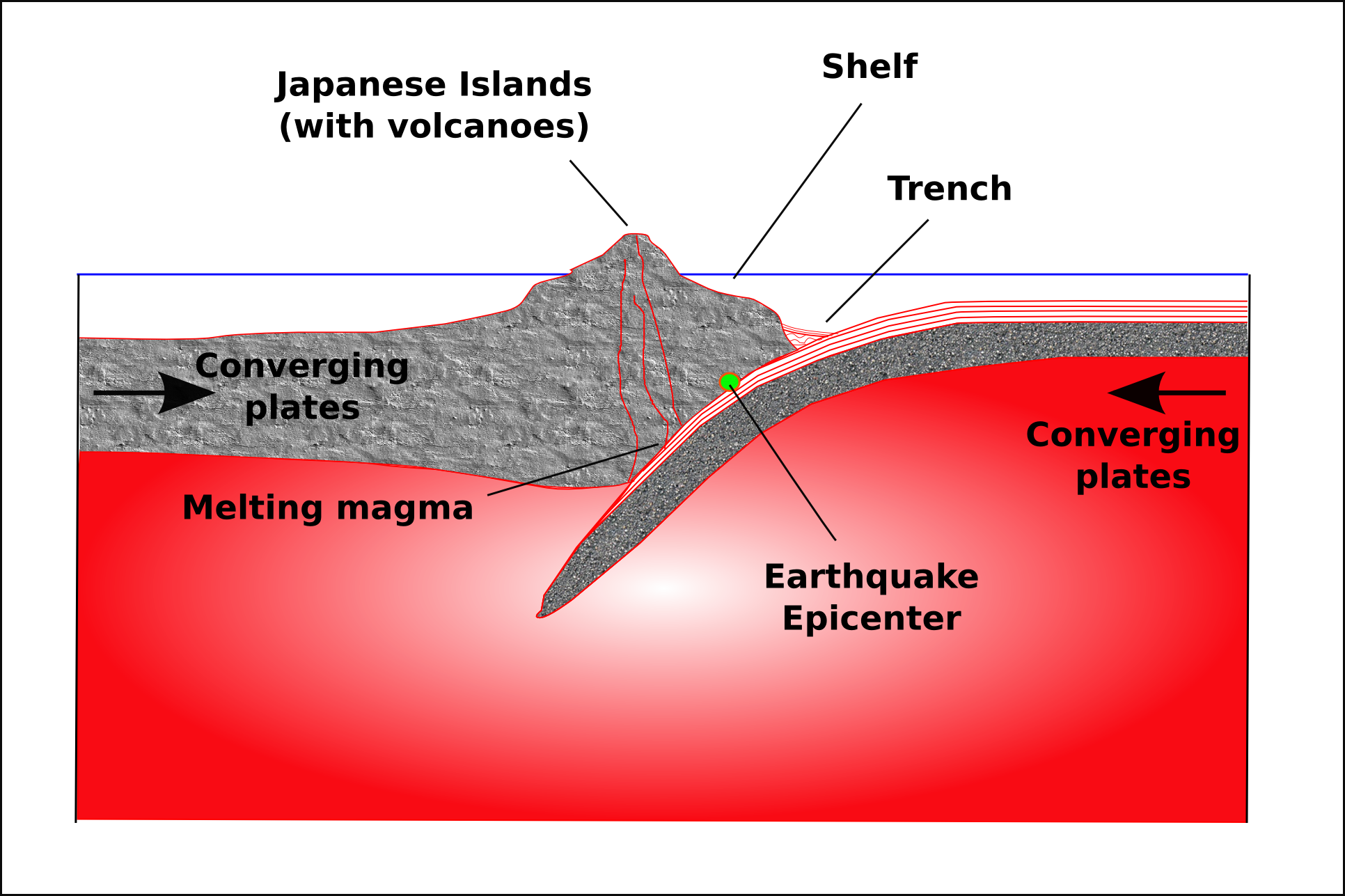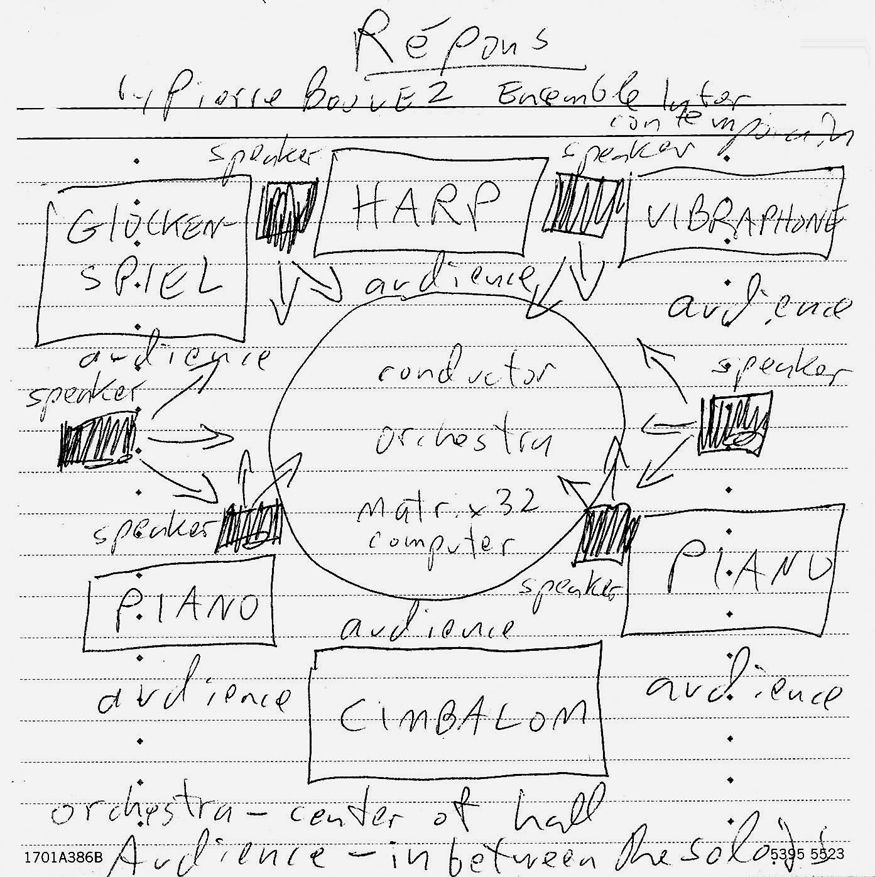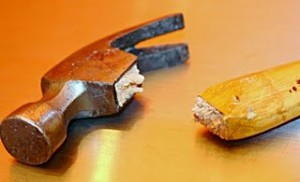Limnology U Wisc are experts
Limestone platform low nutrient system removes phosphorus
Water percolated right through rock
Peat not anoxic
Tendency to see Everglades as unique
Some high end journals won't publ Evergaldes stuff because of that
Mikasuki Indian tribes next to it
Miami drinking water filtered through Everglades
Big canals result in salt water intrusion
Water Conservation Area 3B is where we're at
Fresh water issues politicized
Supreme Court decision that grants weight to peer reviewed papers
Not as cut and dried interest wise: not stark black and white "let it be" vs "keep the levees"
Deer hunters and fishermen
Indians vocal on the tree islands
To them it's a shifting baseline phenomenon
"what I saw when I was a kid"
Before Spanish came in, disease etc with them wiling out humans
Trail of Tears of people forced west
Some came south chased by US army
Pushed into Everglades
Those guys lived on tree islands
Seminoles
Not a pre-European community
Deal cut re resettlement when national park was built
One group took money
Another group moved along trail: took name Mikasuki
Contrast between Seminole and Mikasuki : Ms do a lot of suing
Chief Billy interests counter to preserving
Mud puddles where there was once a lot of water looking south
Lots of peat historically so it would've been wet
Cape Sable and the vanishing Seaside Sparrow
This sure is showing how ecology is hypocrisy and sincerity
Army Corps claim that they can dry out an area cleanly doesn't hold up because the whole system is affected
If you like one community of species than another depending on hydroperiod
Hydroperiod: number of days a site is inundated
Ten year hydroperiods
If it dries every third year you get a different community
Even empiricism is affected by transitions in view
Limnologist may think what she sees in WI is transferable
Value system of trying to capture the historical ecosystem
Hydrologists focus on annual water budget eg
You can't do traditional experiments with controls
You have to create or extrapolate a nonhuman picture as a quasi control
One month dry extra
Threshold effect
Hydro guys don't see the little fish eg that ecologists care about











